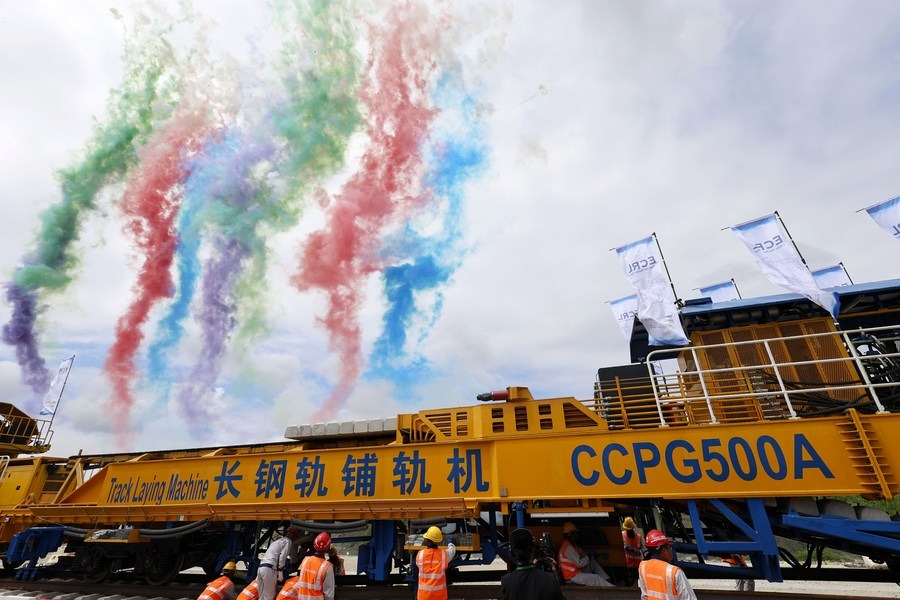Beijing symposium sheds modern light on efforts to showcase the past
By LIN QI | China Daily Global | Updated: 2023-05-23 07:18

Visitors flocked to museums during the May Day holiday for leisure and educational purposes.
A rough calculation by the National Cultural Heritage Administration shows that about 50 million people visited museums nationwide during this period.
Top-ranked exhibitions are being staged in China, including a selection of self-portraits from the Uffizi Gallery in Florence, Italy, at the National Museum of China in Beijing.
A display of masterpieces from the National Gallery in London, which closed on May 7 at the Shanghai Museum, was open to the public for 24 hours that day.
Such exhibitions have triggered discussion on ways to diversify museum services and to deeply integrate the management of museums into a city's policy design and urban development.
A recent symposium attended by policy makers, museum administrators, museology researchers and urban planners from home and abroad looked at the prospect of Beijing evolving as "a city of museums", which the municipal government has envisioned and is striving to achieve. The Chinese capital is blessed with a rich history, cultural heritage and modern institutions.
The 2023 International Symposium of the Think Tank for Beijing Cultural Heritage and Museums Development, held in the city on May 10, was an important part of the ongoing inaugural Beijing Museum Activity Month.
Launched on May 1, the month is being marked with some 300 exhibitions — physical and online — to introduce audiences to Beijing's diverse cultural and artistic resources, and to encourage the public to come up with ideas for developing creative museum products.
Beijing's draft development plan for museum construction from this year to 2025 states that the capital has ambitions to become "a city of museums", with two such institutions for every 100,000 people.
Liu Shuguang, director-general of the Chinese Museums Association, said at the symposium that city administrators in China first realized the importance of museums to the image branding of a city in the first decade of the 21st century.
However, at the time, there was a lack of overall planning for building museums as an integral part of urban development. The ensuing years have seen an improvement, with more attention paid to interaction between a museum and its host city, and ways in which museums blend in with their neighborhoods.
Liu said that to give museums a cultural identity, urban planners should work to achieve "unity of a city's history, cultural heritage and its modern landscapes", to accentuate its "temperament and spirit "that have formed over time. He said an effective coordination mechanism should also be introduced for all museums.
He added that major museums are essential to a city's cultural landscape. "Their presence as a channel of public diplomacy is necessary, and forming consistent, institutionalized connections with international counterparts helps raise a city's global profile," Liu said.
Chen Mingjie, head of the Beijing Municipal Cultural Heritage Bureau, said building a "city of museums" calls for related resources to be integrated with many aspects of city construction and urban life. Such aspects include forming a close connection with schools and communities, and sharing research on museum collections to provide the public with more access to cultural resources.
Participants at the symposium spoke of the need for ideas to "think globally and act locally", and for museums to hold discussions with the authorities in their home cities.
An Laishun, who chairs the International Council of Museums' Asia-Pacific Alliance, cited the opening of the Shanghai Museum of Glass as a good example of a modern museum with a diverse program being built on the former site of a glassware factory. The institution reflects Shanghai's transformation in the post-industrial era, An added.
























